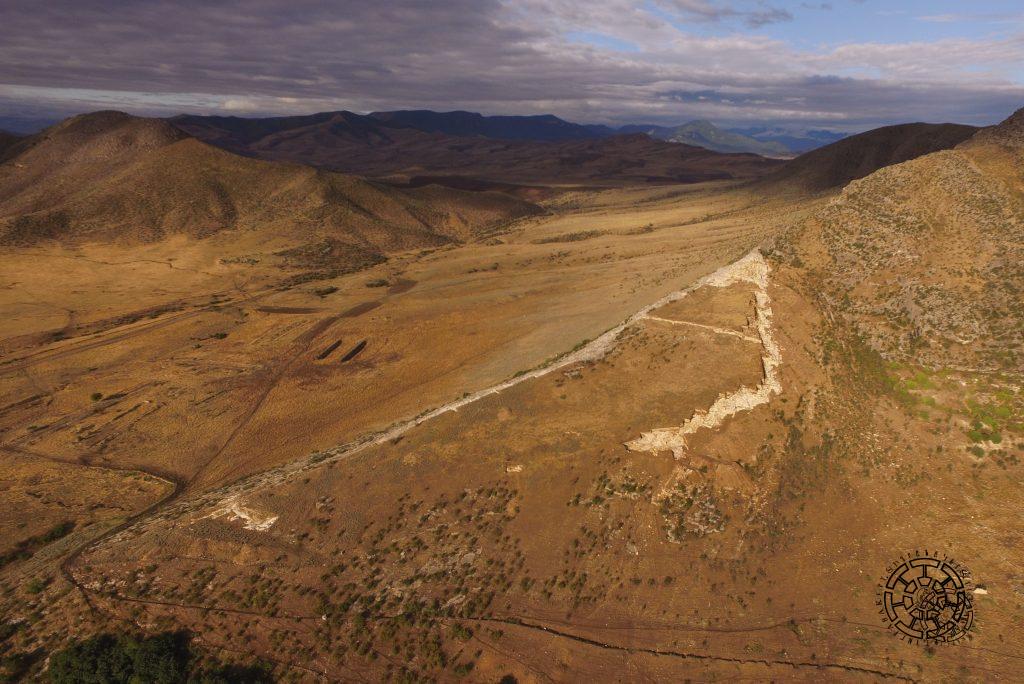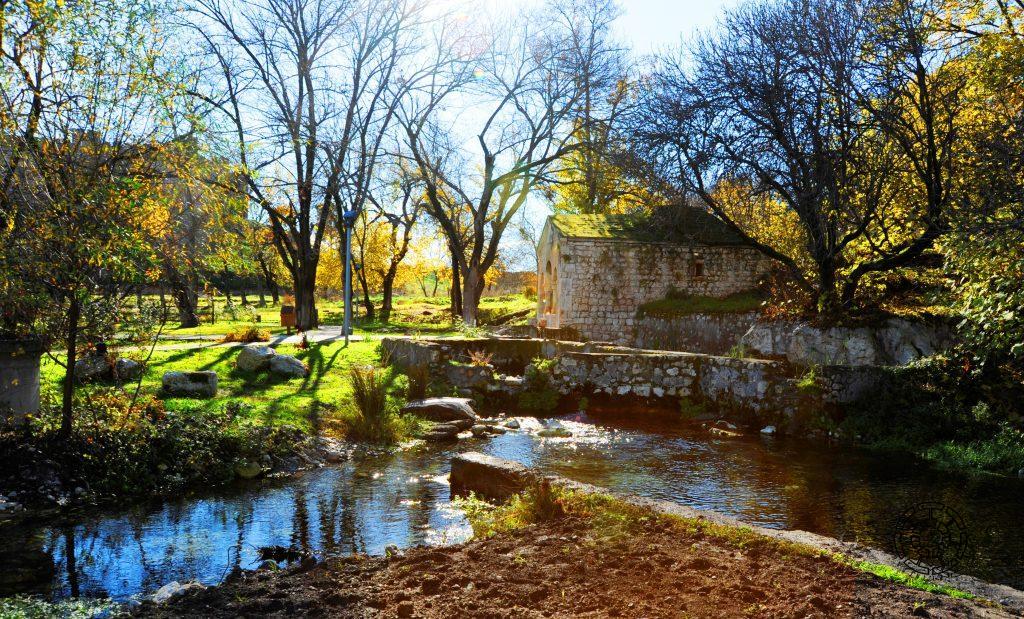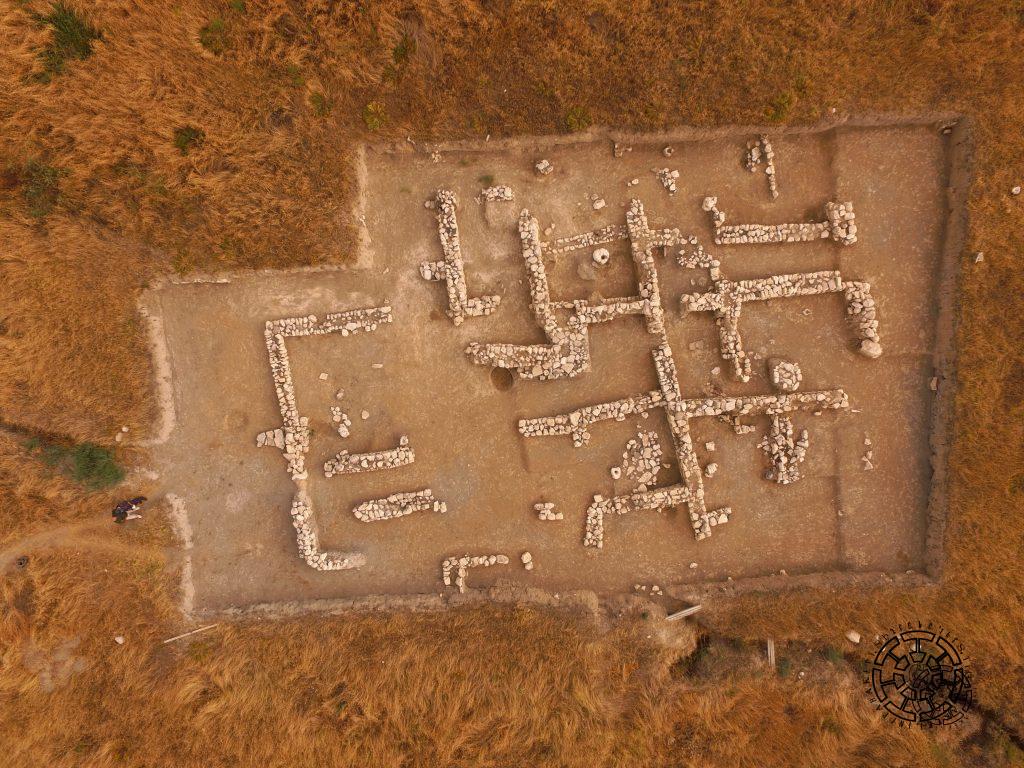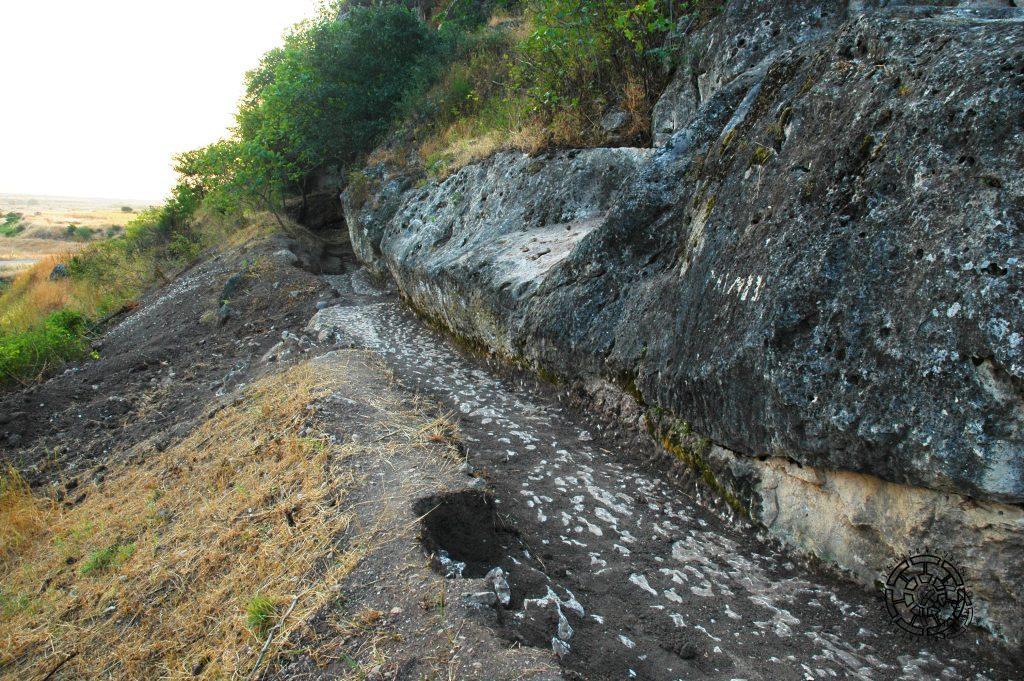The structure of the city
Tigranakert was a large settlement characterized by advanced Hellenistic fortification and urban and construction techniques. Founded in the 1st century BC, it endured until the late 13th century.
The antique city encompasses an area of over 70 hectares. It consisted of a large Fortified Quarter surrounded by sturdy walls descending the slopes of Vankasar Mountain in the form of artificial terraces (Fig. 1); overflowing springs at the mountain slopes, surrounded by a park (Fig. 2); four city districts situated on the plain (Fig. 3); cemeteries; and extensive agricultural suburbs irrigated by a canal diverted from the Khachenaget River (Fig. 4). The presence of springs played a pivotal role in selecting the city’s location, resolving the crucial issue of providing drinking water to its inhabitants.
The Syunik-Virk (Georgia) trade road passed near the city, approximately along the border between the mountains and the steppe.
The antique Tigranakert was built according to the advanced principles of Hellenistic urban planning, including a unified layout, triangular construction of the site, adaptation of the walls to the site with the help of rectangular transitions, zigzag walls, the use of square and round powerful towers, fortifications exclusively based on rock-carved foundations, and the creation of artificial terraces. The application of advanced Hellenistic construction art, such as quadras with rustication, buvels, “swallow-tail” connections, and the usage of limestone cement, is noteworthy. All the structures were made of local white limestone, which gave the city a white appearance, resulting in its visibility from a distance (Fig. 5).
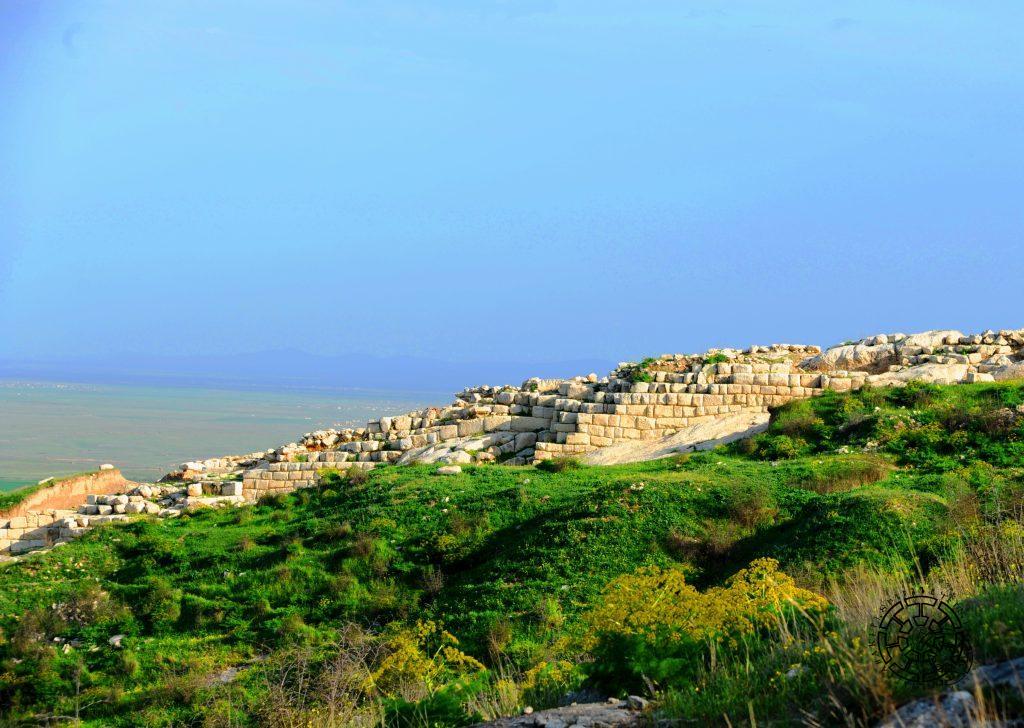
Early Christian (5th-7th centuries) Tigranakert stands out with several remarkable pan-Christian manifestations. Firstly, it underwent a Christian reshaping of the landscape, marked by the establishment of sacred landmarks atop the two mountains overlooking the Tigranakert dale. The ancient burial structure located in the steep rock near the Khachenaget River was transformed into a Christian monastery. Furthermore, an early Christian square was created in the Central Quarter of the city (Fig. 6). This allows for a comparison between early Christian Tigranakert and the Christian sacred landscapes of Vagharshapat and Jerusalem.
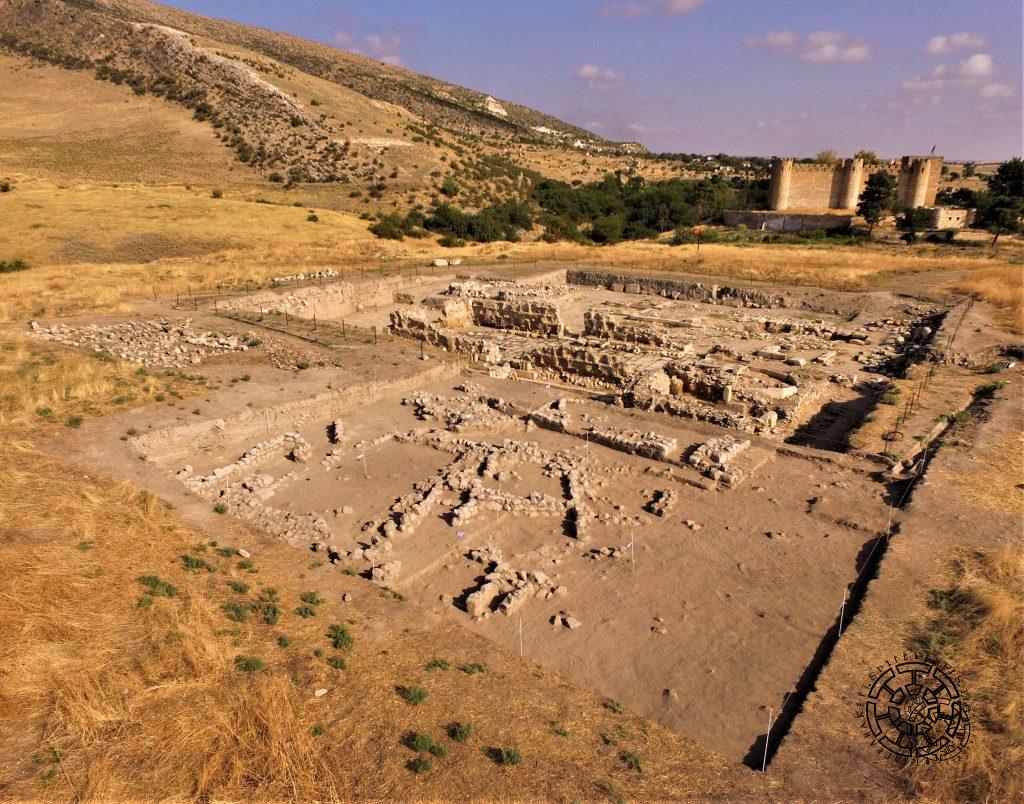
Since the Arab conquests, the city loses its defensive function, the citadel of the Fortified Quarter transitions into a residential district, and the Early Christian Square is destroyed, but the city continues to survive with its craft-commercial function and extensive agricultural economy until the end of the 13th century.
In the middle of the 18th century, Panah, a fierce enemy of the Armenian Melikdoms of Artsakh, erected a fortress and a mosque on the ruins of the city, adjacent to the Royal Springs.
